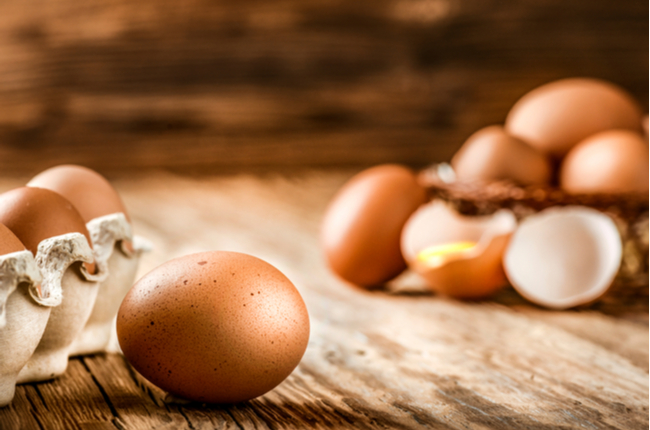Global egg prices have reached historic high levels and this has a big impact on the egg supply worldwide. How long will this situation last and are there ways to stabilize supply? Rabobank expects prices to stay relatively high throughout 2023, especially in markets heavily impacted by avian flu, high costs, and regulatory changes.
In other markets there will be some drop in prices, but not to pre-2021 levels, as lingering high input costs are keeping prices higher. One of the main tools to stabilize markets is better value chain cooperation, especially greater commitment from buyers to offset farmers’ high production risks. The other main strategy is to better control avian flu in heavily affected countries.
Egg prices have reached record-high price levels in many markets. Rabobank’s global egg price monitor reached a new record in Q1 2023, with the index now peaking above 250, which means prices are 2.5 times higher than the reference year of 2007, and have increased more than 100% since this time last year (see Figure 1). Between Q1 2022 and Q1 2023 prices in the US and EU increased by 155% and 62%, respectively, while egg prices in Japan reached JPY 235 in March, their highest level since 2003. Prices in many other markets have reached historic highs as well, including in Thailand, the Philippines, Israel, New Zealand, Nigeria, Kenya, Brazil, Mexico, and Argentina. These sudden price increases have a big impact on players in the egg supply chain – from breeders to producers and further along to customers in retail, foodservice, and food processing.
Historically, egg prices have roughly followed the FAO Food Price Index. Some periods have seen divergences, such as 2007 to 2013, when the industry struggled to pass on high and volatile feed prices. And in 2013 to 2019, egg prices were slightly higher than index’s movements, as demand for eggs was relatively strong while feed costs normalized.
Egg prices followed the food price index when feed prices rose in 2021 and accelerated in 2022, after Russia invaded Ukraine. Since then, egg prices and the food price index have again diverged: Egg prices have kept rising while food prices have started to drop. Some markets, like China and India, are less bullish (so far), with prices up by only 15% to 20%. In Brazil, potential future avian influenza (AI) outbreaks – given cases reported in nearby Argentina, Uruguay, and Bolivia – could yet impact egg prices heavily, especially if the São Paulo region, where there is a high concentration of egg production, is hit.
These high global egg prices reflect a combination of six supply and demand factors. The relevance of each factor differs a bit by region, but in most markets currently facing peaking prices, a combination of the following factors is affecting prices.
- Upward movements in feed costs.Feed represents 60% to 70% of a layer farmer’s costs. Any change – and especially any uncertainty – surrounding feed costs affects egg prices. Global feed prices doubled between mid-2020 and mid-2022. This has had a big impact on the egg industry, as it has been difficult for producers to pass on these higher costs to customers.
- The impact of avian influenza outbreaks.AI pressure has been very high over the past two years. In the US, more than 40m layers were depopulated during 2022. In Japan, more than 15m layers have been affected, and in Europe the laying hen flock is down by 3% to 5%.
- The aftermath of Covid-19 market disruptions.Many operations scaled down after Covid-19 measures restricted people’s movement, which highly impacted demand.
- Regulations.The introduction of male chick culling at the hatchery level in Germany in 2012, for example, has had a big impact on the market. According to market data agency MEG, Germany lost 20% of its laying hens due to this restriction. As Germany is Europe’s largest importer of eggs, this affects the wider EU egg market. Similarly, the introduction of a cage ban for producers in New Zealand has led to a 5%-to-12% drop in laying hens in the country.
- Changing consumer behavior.Pressure on consumer spending power due to low economic growth and high inflation during the economic downturn has seen consumers trading down and looking for cheaper protein sources, lifting demand for eggs.
- Tight supply caused by uncertainty.Producers are experiencing a lot of uncertainty. Restocking hens on a farm represents a commitment of more than one year of production. This has become more risky, as many buyers do not want to offer volume and price contracts to offset some of producers’ risks. As a result, the lower number of hens restocked by farmers has led to low supply in many markets.
The egg industry can generally count on the following rule: Price peaks tend to lead to similar price drops one to two years later. This is usually caused by producers’ response to periods of higher margins. They typically increase hen numbers to try to tap into higher prices, thus creating oversupply. We saw this trend in 2009 following Germany’s ban on conventional cages; in 2012 after the introduction of the EU’s conventional cage ban; in 2015 after the US industry’s AI crisis; and in 2017 after the Netherlands’ fipronil crisis.
Rabobank thinks prices will go down in countries and regions with extreme price peaks like the US, Europe, and Japan, but likely not to the sorts of lows we have seen following other crises. This is due to a few factors that are different today.
In general, we expect egg prices to stay relatively high throughout 2023. However, there will be differences between countries. Prices will remain high in countries with persistent AI pressure, restrictions on grandparent stock or breeding stock imports, financing challenges such as a large number of farms with limited access to finance or the US dollar, and countries undergoing regulatory change (like Germany). The fast spread of AI in Latin America, for example, has had a big impact, with prices spiking in the countries most affected by outbreaks.
Other countries will likely see a move back to historical price and volatility levels following these price peaks. Still, ongoing high input costs will mean prices will not return to the low levels seen before 2021.
There is currently great concern about high prices impacting the affordability of eggs for low-income consumers, especially in emerging markets. For these groups, eggs are an important staple food and source of protein and nutrients like vitamins B6, B12, and D. In these markets, eggs are positioned as the most affordable protein and are easy to distribute, as cold chain transport is not needed. If eggs become more expensive and less available for these consumers, it could pose major social and health risks.
Font: www.euromeatnews.com
Neoking foods specialized in:
Brazilian Beef, Brazilian Chicken, Brazilian Pork, Brazilian Egg, Brazilian Breeders e Brazilian Duck, Brazilian Fish
Argentina Beef, Argentina Chicken, Argentina Pork, Argentina Mutton, Argentina Lamb / Uruguay Lamb, Uruguay mutton
Chile Beef, Chile Chicken / Paraguay Beef, Paraguay Chicken, Paraguay Pork


